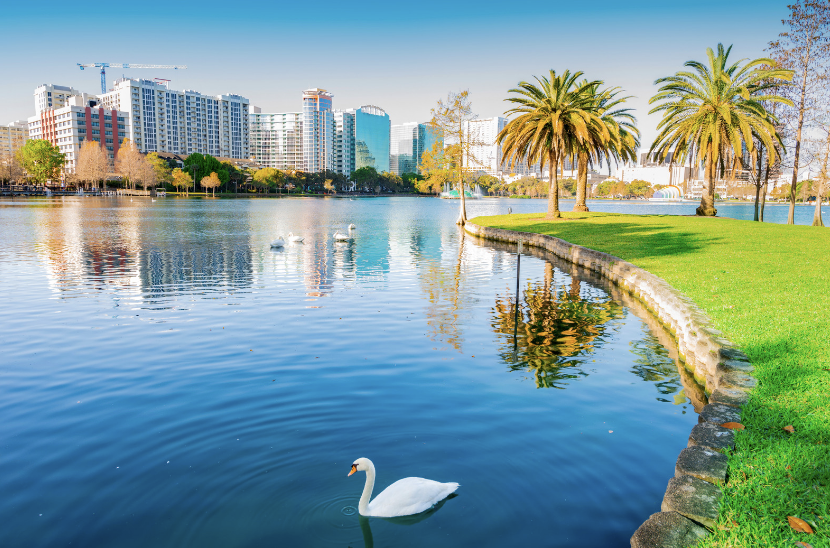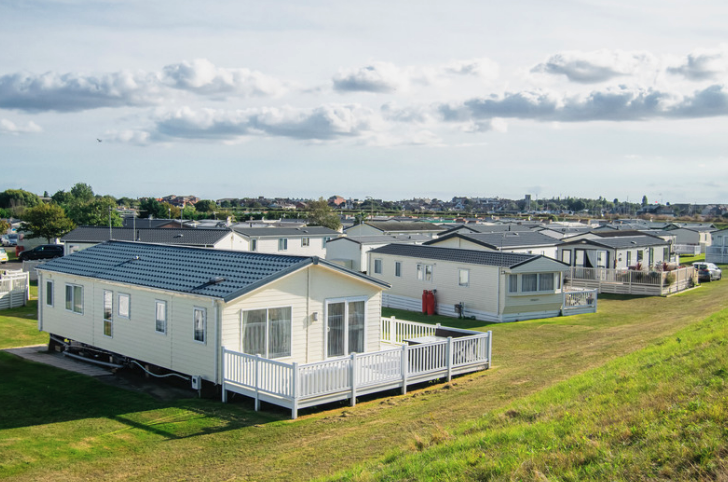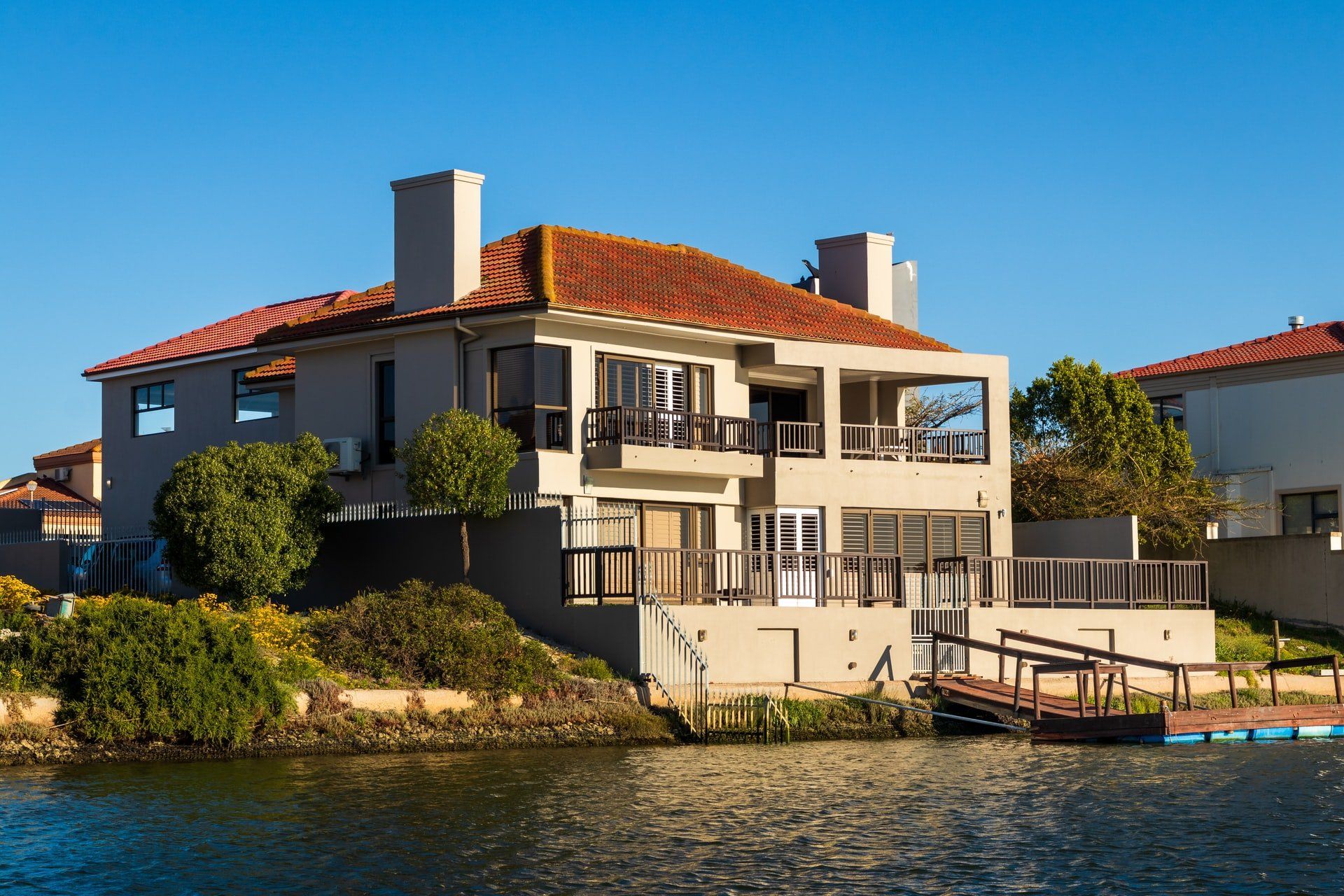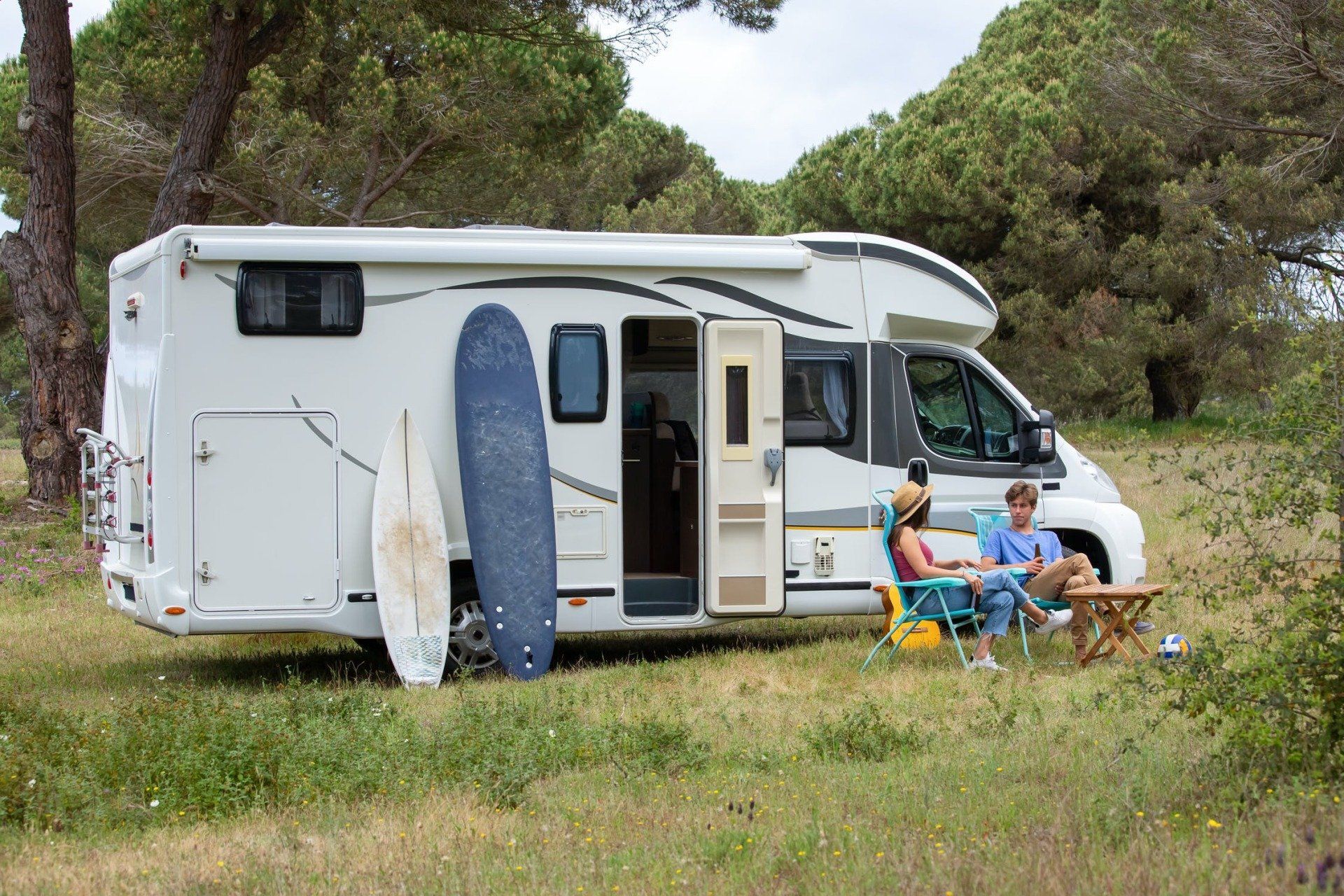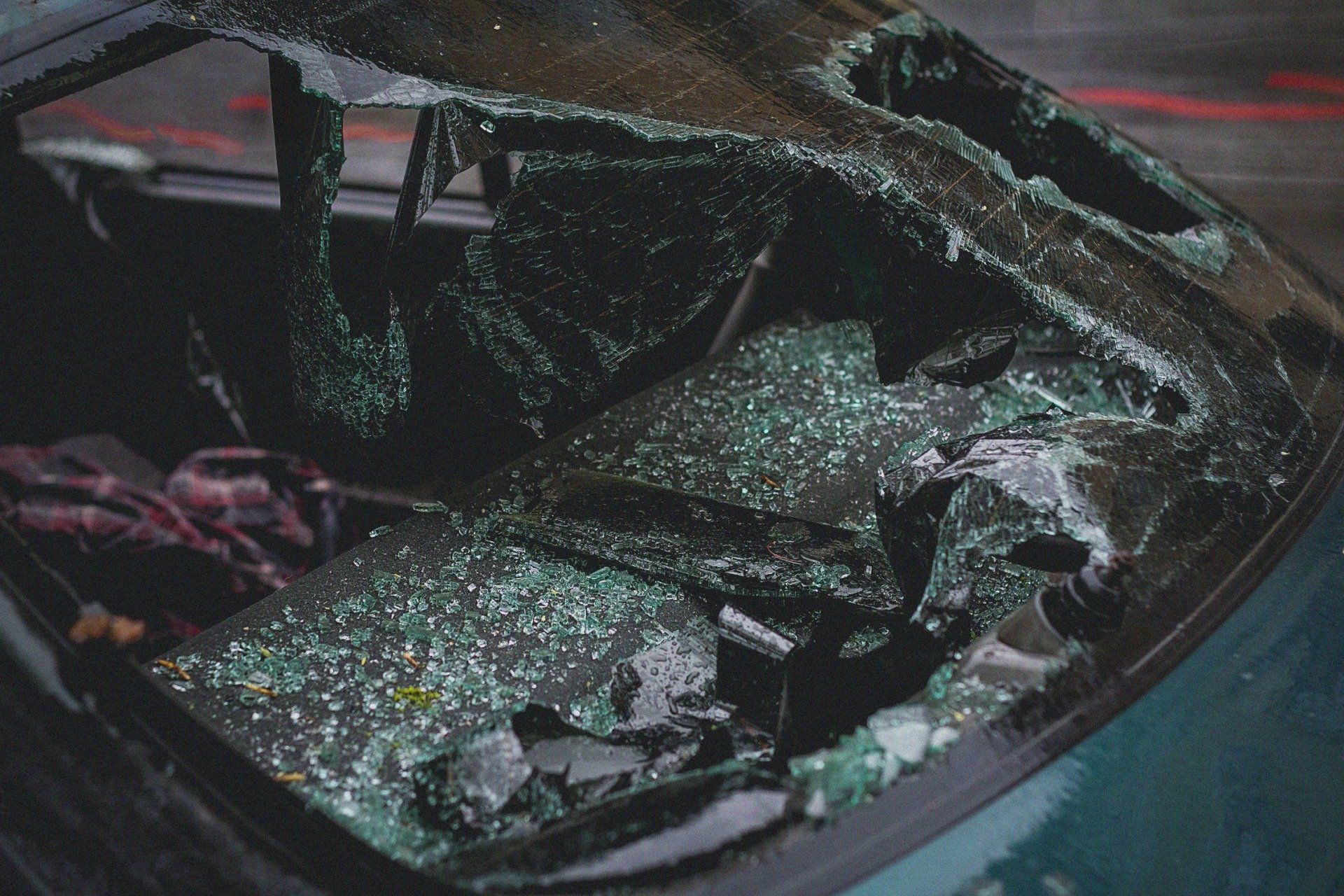What Does Your Basic Florida Auto Insurance Policy Cover?
- By Joshua Zitting
- •
- 12 Oct, 2021
- •
Understanding the different types of insurance coverage can help you determine which option is ideal for you and your situation. There are various types of coverage for cars, and each one has specific requirements and works differently. It is also important to remember that any policy that you choose covers you, the licensed members of your family listed on the policy, and anyone who has been permitted to drive your vehicle.
Each state has specific car insurance requirements that need to be met by any automobile owner. They often require drivers to carry a minimum amount of car insurance to cover any injuries or damage caused by you or your vehicle. Having coverage for these situations is ideal if you find yourself in the middle of an accident.
There are six basic types of coverage that you will likely see when you review your policy. These coverages include:
1. Personal Injury Protection Coverage
Drivers who live in Florida are required by law to have at least $10,000 in Personal Injury Protection (PIP). Also referred to as “No-Fault” insurance, PIP pays for any medical costs after a crash. This type of coverage doesn’t take into consideration who was at fault for the accident.
PIP covers various expenses, including medical bills and lost wages that resulted from downtime after the accident. If you need PIP, you must get treated within two weeks of the accident.
2. Collision Coverage
Drivers who collide with another individual’s car or crash into a fixed object, such as a street sign, can benefit from collision coverage. This option helps you pay for any replacement or repair costs after the deductible has been paid. Keep in mind that collision coverage isn’t always required for every policy.
3. Bodily Injury Liability Coverage
Suppose you, a household member, or a person with permission to drive your vehicle injures someone in an accident. In that case, this coverage can pay for the medical expenses of the other party. The coverage provided goes up to the policy limits. If the other party sues you, your car insurance company will help you with legal representation.
4. Property Damage Liability Coverage
This type of coverage pays for the damages you or your vehicle driver have caused to someone else’s property. Some examples include other automobiles, business properties, fences, and more.
5. Uninsured or Underinsured Motorist Coverage
If you, your hired driver, or a household member is caught in the middle of an accident with an uninsured driver or one who escapes the scene, you can receive financial help from uninsured motorist coverage. This option is advisable if the driver at fault cannot fully pay for your losses or if you are involved as a pedestrian.
6. Comprehensive Coverage
If your vehicle has incurred damages that are not caused by a collision, then this coverage will work for you. Instances that can be accepted include natural disasters, vandalism, and others. You must pay a deductible before the insurer reimburses you. Similar to collision coverage, this option is not mandatory, but it can benefit you in the future.
Final Thoughts
Knowing what your car insurance policy covers is essential, especially before you ever get into an accident. If you would like to ensure you’re covered or have an in-depth knowledge of car policies, it is best to consult a company that offers auto insurance in Sanford, FL.
At Sanford Insurance Center, we do our best to give our clients the insurance they need if something unexpected occurs. Our coverage includes homeowner’s insurance, mobile home insurance, and motorcycle and car and RV insurance in Sanford, FL. For inquiries, contact us today.



